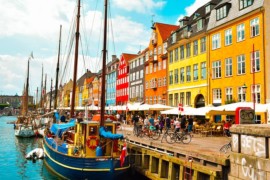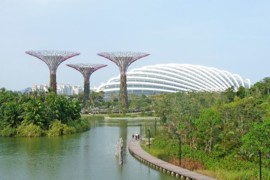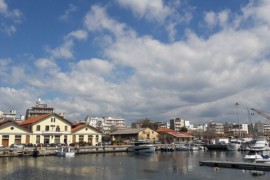In XIV century France during the reign of Philip VI of Valois, the village of Chaudes-Aigues saw the birth of the first urban heating network, even though the term renewable energy had not yet been coined. Consisting of wooden pipes and based on geothermal energy, this plant is the source of the various modern-day technologies related to district heating and heat networks.
If the first heat network was born in France at Chaudes-Aigues then it was primarily due to the hot spring in the village. Located in the Massif Central, in the heart of the volcanoes of Auvergne, this small Cantal village houses the hot spring of Par, Europe’s hottest spring with a temperature of between 80 and 82 ° C. Another huge natural advantage to this heating network precursor is that the average flow rate of the spring is 17 m3/h. These features were both conducive to the development of a district heating system and are related to the geological nature of the region. The rise of the asthenosphere under the Auvergne results in significant heat flow and a high geothermal gradient.
The spring at Par and about thirty other small hot springs are located above the village. Thus, using only the natural phenomenon of gravity, the pressure was sufficient to supply hot water to the entire network, which consists of wooden pipes – with no need of heat pumps. The heat was regulated using simple taps. If heat from the ground had already been exploited in Roman times, the use of a hot water spring to supply homes against heat was indeed a first. Chaudes-Aigues is still heated by geothermal energy today while the village is also home to a hydrotherapy center.
It was not until 1818 that the principle of geothermal energy was used once more in the Volterra region of Italy. The technique, known as “covered logoni”, was designed to capture the fumes from the volcanic mud to feed boric water pumps. The first modern geothermal district heating system would not be developed until 1930 in Reykjavik. The development of geothermal energy was then stimulated by the two oil crises in the 1970’s. Global production of geothermal energy increased from 400 W in 1960 to 9800 MW in 2007. Today geothermal energy is a popular renewable energy source as used in locations like Geneva and Maisons-Alfort.
Image Source: Flickr (akial)







